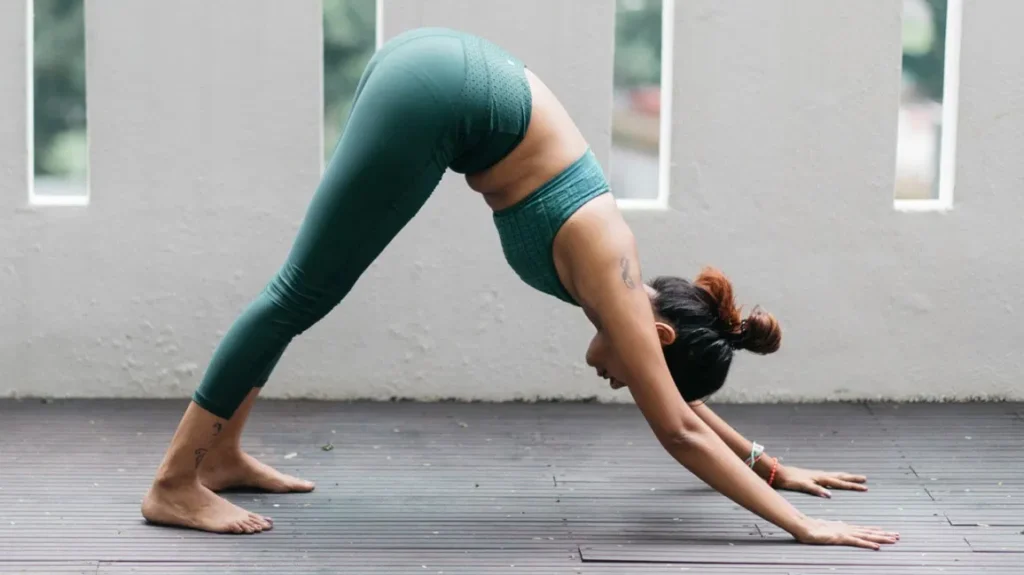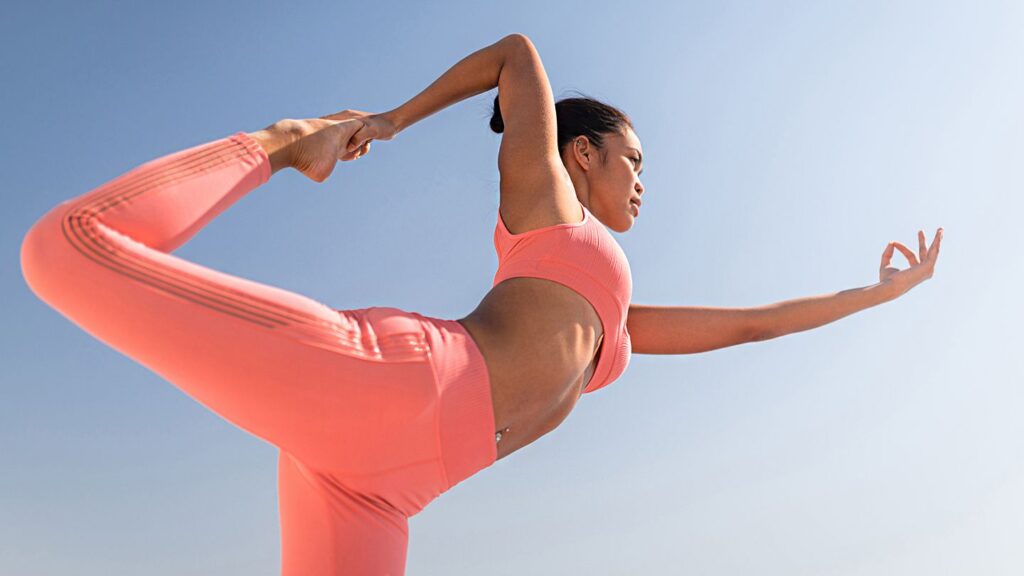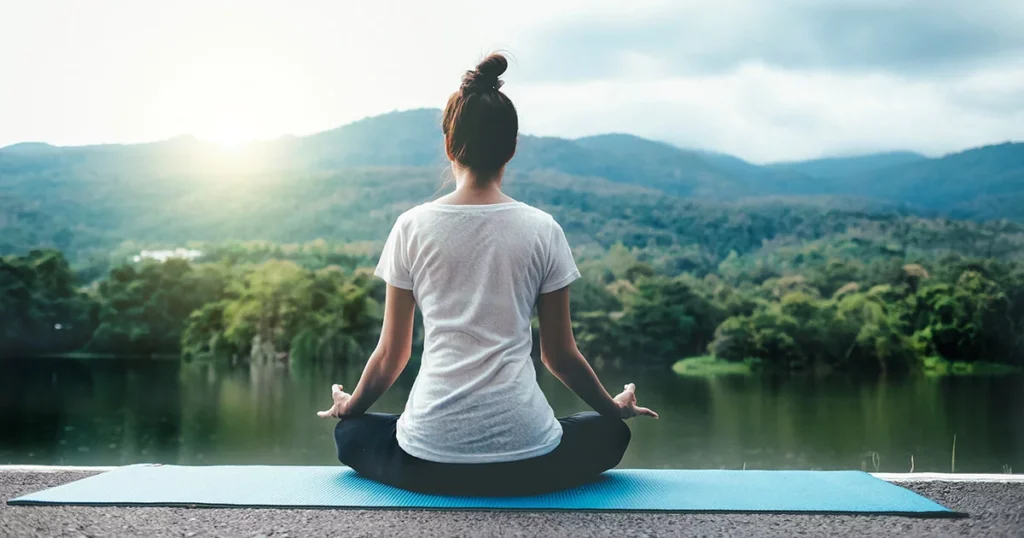Yoga is an amazing practice that not only provides physical benefits but also spiritual ones. In this article I will share some key elements of a blissful yoga practice with you, and hopefully you will be inspired to practice this great spiritual discipline.
Yoga is a very popular form of exercise, which many people do for health benefits and stress relief. In order to practice yoga, one must perform the basic asanas. The most basic yoga pose is the basic downward facing dog, in which the person lies on the floor, and bends into a kneeling position, with their hands on the floor, and their knees on the ground. In the basic downward facing dog, the head and the spine are held in a neutral alignment, with the eyes looking straight ahead, and the body is completely still.
Just about all of us know that we should be doing yoga. You know because you did a Master Cleanse or a juice cleanse. And you know because you’ve been told that yoga is a super good way to be healthy. But what kind of yoga practice makes you feel best? Is it the yoga that will leave you laying down on the floor, gasping for air? Or is it the yoga that will leave you feeling calm, balanced and connected? The answer may surprise you.. Read more about yoga poses for the elements and let us know what you think.
One of Ayurveda’s core ideas is that you are made up of the same ingredients as the sandwich you’re eating, the clothing you’re wearing, and the stars in the sky (the bit I like). That is the case with the Five Great Elements.
Everything in the cosmos, according to Ayurveda, is made up of these five major elements: space, air, fire, water, and earth. Each of these components contributes to our overall life experience in different ways. And they form the foundation for our connectedness to everything around us when they are together.
We share these elements with the people we care about, the food we consume, and the places we inhabit. Every aspect of our life, including our yoga practice, is informed and supported by one of the five elements.
The Path of the Five Elements is a journey through the five elements.
Yoga is a practice that progresses from subtle (a thought, emotion, or intention) to gross (a bodily movement or physical action) and back to subtle (a thought, feeling, or intention) (bliss, freedom, enlightenment). It’s this lovely dance of cause and effect that pervades our whole being.
The five elements follow a similar pattern, progressing from subtle (space and air) to gross (earth and fire) (water, earth). They are the individual components that come together to form our thoughts, bodies, yoga practice, and overall life experience. They also offer a lovely setting in which we may grow and appreciate it all.
It’s illuminating to examine each of the five elements in our yoga practice and life to respect our connection with everything around us and bring us back to ourselves.
1. Space

Source: healthline.com
Everything is contained in this container. It’s all about promise and possibilities. Stillness, freedom, and awareness come to mind. A pleasant yoga practice is both a cause and a consequence of space (and life). It facilitates and feeds change by creating a safe haven for magic to occur. Creating space takes discipline, but being in it is sheer bliss.
Making room in your yoga practice is a question of… Allowing yourself to let go of anything you’re holding in, up, or onto – whether it’s an idea, an emotion, or any other kind of tension.
2. Air

Source: everydayhealth.com
Lightness, movement, and expansion. The inhale and exhale of the body, the opening and contraction of the muscles, and the mind are all examples of breathing. Air provides us with rhythm, elegance, movement, and a feeling of mental and physical openness. The body is fueled by air, and inspiration is stoked by it.
The source of infusing oxygen into your yoga practice is… The ability to be conscious of one’s breathing. Pranayama, or breath control, is an excellent method to open and tap into the body’s subtle pathways, allowing thoughts, inspiration, energy, and love to flow freely. Observe how the breath nourishes the body and mind as you go about your day and practice. To generate the feeling of lightness and openness, breathe into the expansion and contraction of the muscles, joints, connective and supporting tissues.
3. Fire

Source: learnenglishteens.britishcouncil.org
Discipline, change, and inspiration are all words that come to me when I think about discipline. In our practice, fire is felt as intensity and abundance. The heat and energy generated are the consequence of the practice’s activity, commitment, and attention. Our fire, in the end, brings cleansing. It gives us insight into what’s essential, allowing us to perceive and interact with it while burning the rest.
It’s all about… lighting a fire in your yoga practice. Bandhas that engage are two terms that come to mind. Oh, and there’s one more thing: going away from the center. The belly – our source of strength, intuition, and freedom — is where fire resides (surprise!). The bandhas help us keep the fire going by connecting us to the spark at the heart of who we are.
4. Water

Source: shape.com
Fluidity, connectivity, and flexibility are all words that come to mind while thinking of fluidity. It manifests itself in our capacity to both hold on and let go. It gives us compassion and resilience, which we get back in the form of flowing movement, flexible muscles, stable joints, and nimble brains.
Adding water to your yoga practice entails cultivating a softness in your practice (especially in the joints) as well as developing a physical, mental, and emotional sensitivity that favors response over reaction. It also entails flowing through your practice, syncing movement with breath, opening, experiencing, and surrendering in a strong and long-lasting manner. Or, in Bruce Lee’s famous words, “being[!] like water.”
5. Earth

Source: jacquinoelyoga.com
Earth is where we call home. It is made up of three elements: structure, cohesiveness, and foundation. It’s your and everything around you’s focused, grounded, and genuine expression. The physical quiet that produces mental and emotional calm, and vice versa, is the feeling we wish to return to.
Establishing your foundation is what cultivating the soil in your practice is all about (feet, hands, sit bones). It’s about being conscious of how the condition and location of these physical landmarks affect your overall sense of security and comfort (sthira and sukham). And knowing that every position, all the way to Savasana, is a chance to come home.
What is your yoga and life experience with the five elements? Do you and your yoga practice have a fiery, airy fairy, grounded, spacey, or watery vibe?
Your practice may start with a conscious intention to practice yoga for the health benefits, or because your body craves its blissful bliss. But the practice transforms into a spiritual experience that is filled with peace, joy, and love. (I wrote this paragraph in hopes of inspiring people to try yoga, as well as to maybe help them in their practice. I’m not sure if I did either, but maybe just the part about the love is enough.). Read more about yoga asana for 5 elements and let us know what you think.
Frequently Asked Questions
What are the 5 elements in yoga?
The 5 elements in yoga are earth, water, fire, air and ether.
What are the 5 elements of meditation?
The five elements of meditation are body, breath, sound, mind and space.
What are the elements involved in the practice of yoga?
There are a few different types of yoga, but the most common type is Hatha Yoga. This practice typically involves physical poses and breathing exercises.


















